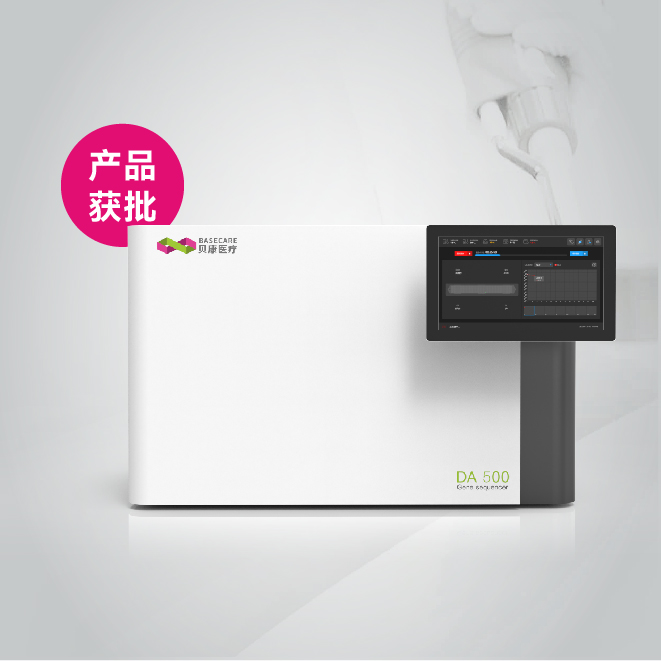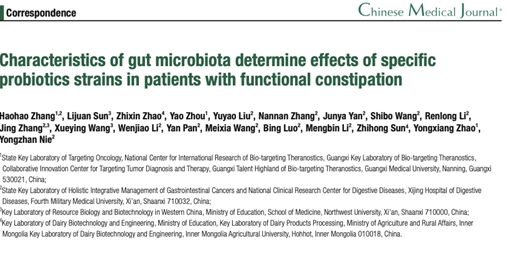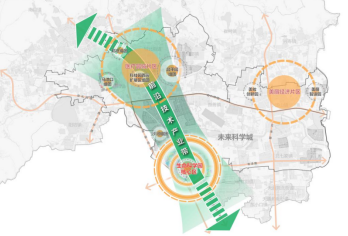Katja Decker, Andreas Missel, Ken Dwyer, Janina Lehmann, Sabine Mueller, Jie Kang, and Dirk Loeffert
QIAGEN GmbH, Max-Volmer-Strasse 4, 40724 Hilden, Germany
Introduction
Real-time PCR and RT-PCR are widely used methods to detect and quantify even very low amounts of DNA or RNA of varying origins.
Detection of PCR products can be achieved using the fluorescent dye SYBR® Green I, which yields a strong fluorescent signal on binding to double-stranded DNA. Alternatively, sequence-specific probes can be used, such as dual-labeled (TaqMan®) probes, LightCycler® hybridization (FRET) probes, or Molecular Beacons. Both types of detection require highly specific amplification for slightly different reasons. SYBR Green binds to nonspecific PCR products and primer-dimers, which leads to inaccurate quantification if these are present. When using sequence-specific probes, only the specific product is detected. However, specific amplification can be impaired by competitive amplification of nonspecific PCR products and primer-dimers, thus leading to inaccurate quantification. For optimal results in real time PCR and RT-PCR, time-consuming optimization of the reaction parameters is often necessary.
Here we describe novel reagents that eliminate the need for extensive optimization.
● HotStarTaq™ DNA Polymerase, a chemically modified Taq DNA polymerase, provides a stringent hot start, which significantly increase PCR specificity
● Optimized buffers increase the specificity of primer annealing without the need for Mg2+, primer, or probe titration
● Optimized protocols allow fast and simple assay development
● A unique blend of Omniscript™ and Sensiscript™ Reverse Transcriptases with HotStarTaq DNA Polymerase enables highly specific quantitative RT-PCR in a one-step format.
Hot start and annealing specificity
A hot start improves the specificity of real-time PCR by preventing the formation of primer-dimers and nonspecific products during reaction setup and the first denaturation step. HotStarTaq DNA Polymerase from QIAGEN provides a reliable and convenient hot-start method, as it is completely inactive at room temperature but is fully reactivated by a 15-minute incubation at 95°C.
The PCR buffer also affects specificity. Cations such as K+ neutralize the negatively charged phosphate groups on the DNA backbone, weakening repulsive forces between the DNA strands. This facilitates primer annealing and stabilizes primer–template complexes (Figure 1). Ammonium ions improve specificity by competing for hydrogen bonds between nucleic acid bases, destabilizing mainly the weak bonds of mismatched bases (Figure 1). A balanced combination of K+ and NH4 + therefore maintains a high ratio of specific to nonspecific annealing over a wide range of annealing temperatures and Mg2+ concentrations.
Effects of Cations
点此下载全文:Improvements in quantitative real-time PCR and RT-PCR.rar







